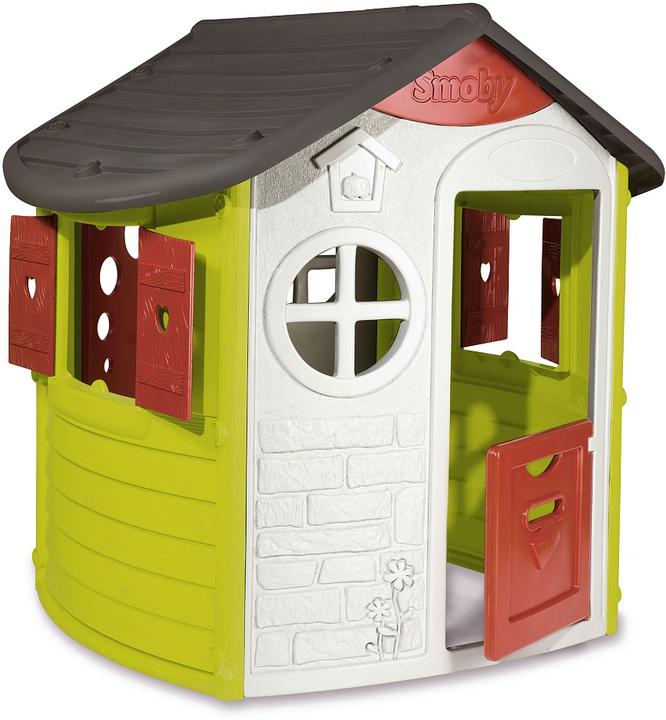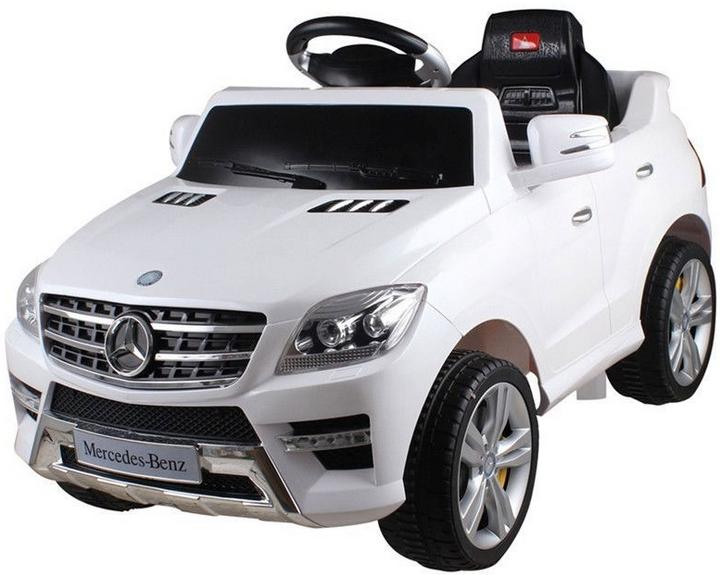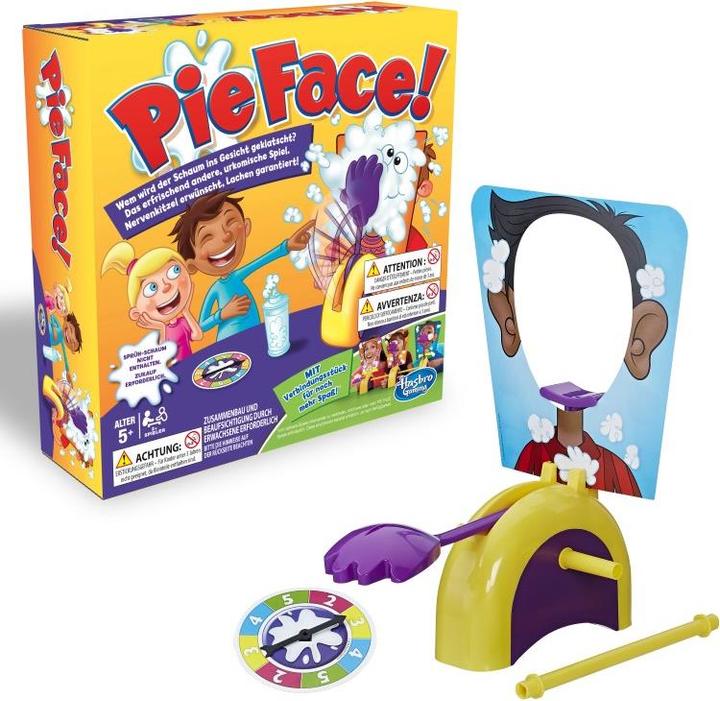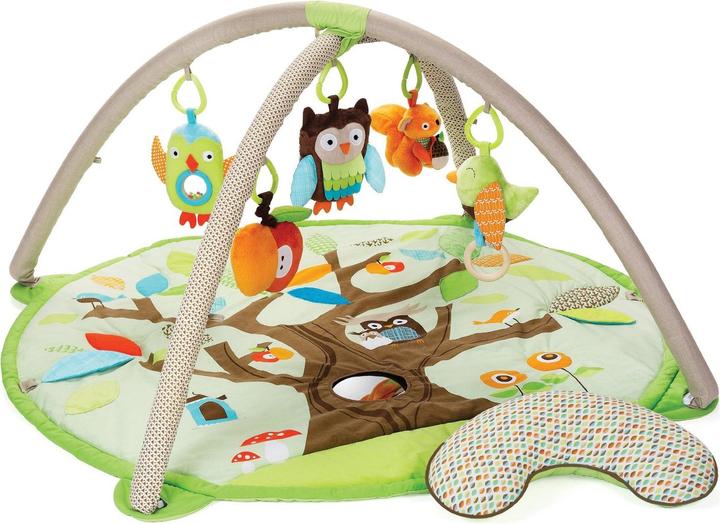
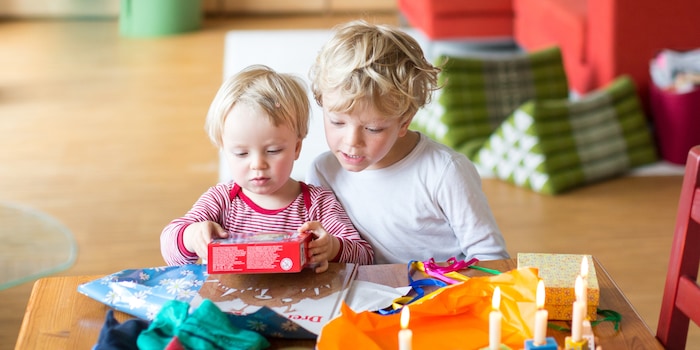
Our age-specific recommendations: the right gift for every child!
Birthdays, Christmas, Easter, First Communion - there are lots of occasions to give presents to children. But choosing the right gift isn't always easy. To make it a little easier, we've put together a few ideas. You'll find one of our bestsellers by age category. The link below will take you to a handy overview of all the corresponding products.
Depending on age and individual interests, children are already capable of doing certain things and already have preferences for certain themes and toys. To avoid over- or under-using them, toys should be adapted to their stage of development. Otherwise there's a risk of boredom and frustration. To make things easier for you, we've classified the toys by age and described the average developmental stage for each one. When making your selection, we recommend that you look at the child's age and abilities. The best thing to do is to ask parents what their children want. That way, you can avoid duplicate purchases and the toys are certainly adapted to the child's level of development. And most importantly: your gift will undoubtedly become the favourite toy!
For babies from 0 months
During the first few months, babies sleep a lot and gradually discover the world around them. In the first 6 months, they make great progress in their development. They start to follow movements, gradually develop their motor skills and begin to differentiate colours. They move around a little more each month. They are discovering objects mainly with their mouths and hands. In principle, every object is interesting, but not all are appropriate.

See our recommendations for babies aged 0 months and over
For babies aged 6 months and over
Babies are always more active and moving around more and more. They crawl, crawl and explore the world. They are interested in what others are doing with objects and start to imitate their actions. They are also beginning to play with small bricks and try to make shapes. They also like to use objects that make noise and that they can easily grasp; rattles, for example.
See our recommendations for babies aged 6 months and over
For children aged 1 year and over
Little ones babble happily and already know a few words. Their fine motor skills are developing more and more. They walk along the furniture and practise taking their first steps. Gestures are more precise and movements more controlled and coordinated. Children can, for example, already throw with élan. They inspect things with their hands, not just their mouths. What's more, they make precise movements such as putting small cups into larger ones.
See our recommendations for children aged 1 year and over
For children aged 2 and over
At this age, children already know how to walk well and really enjoy climbing on games. Little ones are always more active, always learning new things and playing more actively, but mostly each in their own corner. Little ones like to help around the house or imitate activities. Stammering turns into words, and children begin to name and describe objects. Nesting games are very much in vogue, as children recognise shapes. By the age of two, fine motor skills are developing. Children can, for example, string large beads on a string and hold a felt-tip pen in their fist.
See our recommendations for children aged 2 years and over
For children aged 4 and over
Building, tinkering and helping with everyday tasks are still the favourite occupations for little ones. With time, they no longer just build imaginary objects. They also manage to make houses, cars and aeroplanes, without models. Their fine motor skills are improving all the time, and they move around more confidently and in new ways. They share toys, enjoy role-playing and playing board games. At this age, they generally respect the rules, but also like to invent their own. They are particularly curious. They know basic colours, are learning numbers and can tell the difference between several shapes.
See our recommendations for children aged 4 years and over
For children aged 6 and over
By the age of six, stamina has increased significantly. Playing for hours on end in their own world is no longer an exception. Children love to play together and share toys. They immerse themselves together in their own world of play. They are generally able to follow rules on a daily basis, in a group and during play. Most children are already able to manage their frustration well. Contradictions and failures are always better accepted. They play with more complex construction sets and build large vehicles or houses following a plan or letting their own imaginations run wild. Little ones draw, in relative detail, people, cars and houses, and can fully colour surfaces with precision.
See our recommendations for children aged 6 years and over
For children aged 8 and over
At eight, children have their first day of school behind them and already know exactly what they want. Body movements are coordinated in time and space, and hand-eye coordination is therefore also constantly improving. Children are now able to use different tools correctly (e.g. saws and hammers) and carry out a variety of manual tasks. Schoolchildren play a variety of sports and enjoy comparing themselves with others. At the same time, they are increasingly able to work in teams and help each other. At this age, children already know exactly what they want. If they haven't prepared a letter for Santa, here are a few recommendations.
See our recommendations for children aged 8 and over
For children aged 10 and over
From the age of ten, children increasingly develop their personalities with their own ideas and needs. Teddy bears and dolls are often replaced by cooler toys. The toys they want and their themes depend more and more on their interests. That's why the different LEGO worlds are so popular. But we've still found a few other gift ideas for you.
See our recommendations for children aged 10 and over
For teenagers aged 13 and over
At thirteen, teenagers go on to secondary school. Certain hobbies and individual interests are already very pronounced. Complex games or construction sets generate enthusiasm, depending on their interests. If they haven't expressed any particular wishes, you may find the ideal gift in our recommendations.
See our recommendations for teenagers aged 13 and over
For teenagers aged 16 and over
These gift ideas are ideal for young and older children. Teenagers, but also adults get caught up in technical gadgets and cult LEGO models are always a delight. These gift ideas will awaken the childlike soul in you.
See our recommendations for teenagers aged 16 and over
I love the strategy game “The Settlers of Catan”, the Ravensburger puzzle “Colourful Cupcakes” and the pink fluffy unicorn that sits on my desk (a birthday present from my workmates). Not only do I have a weakness for toys, I also get excited about good food and comedy TV shows.
Interesting facts about products, behind-the-scenes looks at manufacturers and deep-dives on interesting people.
Show all

